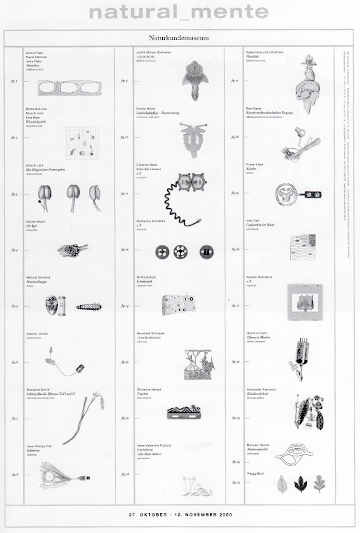natural_mente
natural_mente / 2000
”natural_mente” was a collaborative project by Academy of Visual Arts Leipzig, The Botanical Gardens in Leipzig and the Leipzig Museum of Natural History. The project’s programmatic title is taken from and refers to the Italian term ”natural” or ”naturally”. However, the division in the title introduces an additional connotation: ”mente” refers to reason, intelligence and memory, thus implying human and, by extension, technical action.
The idea arose out of the urge to construct a bridge linking inside and outside: In other words, to shift the focus of work from the immaterial sphere of the computer to a more immediately physical reality. In connection with the topic nature-culture-technology, work focused on examining global environmental issues – so great a field that it defies clear geographical demarcation – in terms of the specific urban situation in Leipzig.


Leipzig’s parks, woodlands, ”Schreber” gardens and open-cut mining areas offered many opportunities for in-depth investigations within the following thematic parameters: park/nature, leisure/sport, recycling/technology. Part of the task was not only to consider ”nature” and the problems related to it, but rather – very much in line with ”earth art” – to employ nature as a source material and as an installation setting.
Excursions
Tagebau Leipziger Südraum / Botanic garden Leipzig / Schrebergartenmuseum Leipzig / Zoo Leipzig / Museum of Natural History Leipzig/ Artists gardens Weimar
Tagebau Leipziger Südraum
Surface mining, which proliferated in this region at the end of the 19th century, exemplifies the alteration of the landcape by humans. In the course of extracting brown coal, whole regions were transformed into lunar landscapes, the older settlements disappeared and new ones, the typical mining settlements, emerged. Of current interest is the re-activation of these landscapes after the completion of mining activties. The excavations are being flooded leaving bodies of water, which on the one hand serve the purpose of recreation, such as the Cospuden lake project, and on the other, the careful resettlement of nature through the return of humid biotopes etc.

Botanic Garden Leipzig
The University Botanical Garden was established in the 16th century and served mainly medical purposes. The Leipzig garden is the oldest of its type in Germany. Its main uses are in research and teaching. It satisfies the prerequisites of botanical and ecological research as scientific material of comparative analysis.
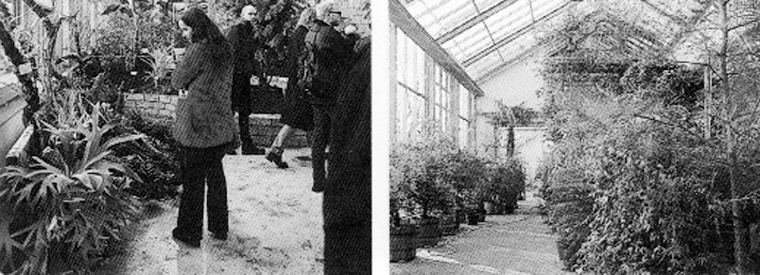
Schrebergartenmuseum Leipzig
The occurance of „Schrebergärten“ (settlements of garden allotments) parallel to industrialisation and the accompanying urbanisation is characteristic: People created a small piece of nature, which was no longer present in overpopulated cities.

Zoo Leipzig
In earlier times, animal enclosures had the exclusive function of isolating and displaying animals as a form of spectacle; today it is attempted to present them in their ecological settings. Animals are thus intended to impart to the observer a conscious and conscientious attitude toward nature.

Museum of Natural History Leipzig
„It begs the question whether a taxidermist is a craftsman or an artist. Professionally, he’s a craftsman, the connection to art however is so close that he can’t be entirely regarded as such; he must possess an artistic vein, otherwise he’d be unable to prepare the animals with so much veracity and naturalness.“ (Quotation Mrs. Hanso/museum teacher)

Babara Nemitz, artist and professor at the Bauhaus University in Weimar, has gathered together an international group of artists and made them into gardeners with her project artists‘ gardens in Weimar, begun in 1993. The vegetation and the analysis of its signifigance as aesthetic phenomona are the central theme.

Artists gardens in Weimar
Lectures
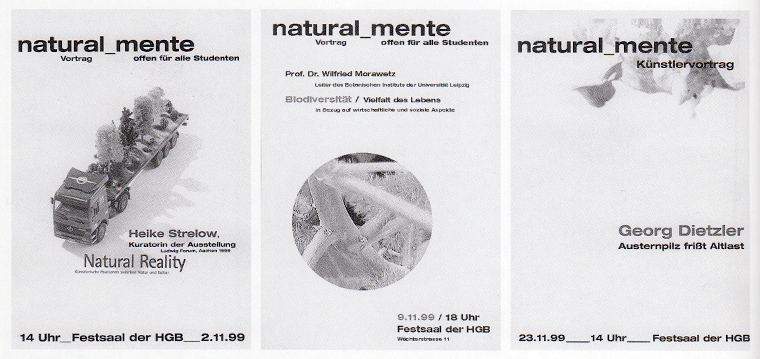
Heike Strelow: Natural Reality
Nature has long since become a subject of political debate. Environmental problems and environmental protection, as well as the need to make sparing use of our natural resources, have long been taken on board as contemporary problems for society as a whole. in the daily life of the individual. however, it is clear that we are still a long way from treating our disturbed relationship with nature from a personal perspective. The realization of greater necessities seldom enters our daily life. The climatic catastrophe remains mostly abstract, since it is intangible. Nature itself, forced out of the field of our direct experience, lends few concrete impulses to our practical lives. Neither nature nor its transformation is, palpable experiential reality, especially in urban spaces.
Wilfried Morawetz: Biodiversität (Biodiversity)
No place on earth has the same diversity of living organismus as the Amazon rainforests. Prof. Morawetz, director of the Botanical Institute of the University of Leipzig, elucidates in his lecture the interactions and relations between species, which extend well beyond the popular conception of the ecosystem.
Georg Dietzler: Austernpilz frißt Altlast
(Chinese mushroom eats up waste)
Can mushrooms separate poisons? Is the use of Chinese mushrooms for the cleansing of contaminated earth a feasible alternative? And which aesthetic takes its point of departure from a bio-technological environment? All questions addressing the experiments of Georg Dietzler occupy the border zone between art and science. The employment of the latest modern technology and scientific knowledge aim at interdisciplinary solutions.
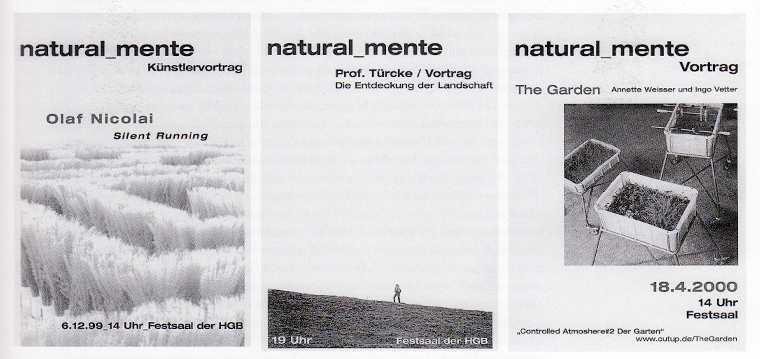
Olaf Nicolai: Silent running
„Today, nature is undoubtedly being increasingly understood as an historically variable notion. The engaged preservation of nature in Europe is concentrated mostly in, for example, areas otherwise referrend to as cultivated landscapes, in which the need for a specific historical form of nature becomes apparent. It would occur to practically no-one to demand a pre-historical state of nature, as it would mean abandoning all culture and putting in question the whole project of human civilisation.“
More as a commentary than as an affirmation, Olaf Nicolai’s work joins the artistic needs informing the culturally-determined idea of nature since Romanticism with the technological possibilities of realising this idea in the contemporary moment.
Prof. Türcke: Die Entdeckung der Landschaft
(The discovery of the landscape)
An introduction to the intellectual and cultural development of occidental conceptions of landscape, its gradual transformation from the primitive shaping through the threatening character of nature through to the modern understanding of nature as an accessible resource and an exploitable consumer good. Prof. Türcke illustrates with the help of examples.
Annette Weisser, Ingo Vetter: The Garden
The artist-duo analyses the common properties in the social function of public gardens and parks and the Internet. They see parallels in the primarily non-profit, non-purposive usage of public space as well as in the displacement of activities from the private sphere (e.g. sleeping, eating, conversing) into the public. Transposing this principle, in its entirety, into the Internet, in their project „The Garden“, visitors are requested to register their personal interests in the form of links. The resulting content is a network of interests; optically, the individual references are transformed into plants in the digital garden of the two artists.
Projects
The works were exhibited in the Leipzig Museum of Natural History in Autumn 2000. ”natural_mente” was an exhibition that progressed visibly yet clandestinely throughout the rooms of the museum. As part of the overall working process, the exhibition functioned as a sort of freeze-fame and cross-section. The works were integrated into their surroundings so subtly that it was often difficult to distinguish them at first glance. Visitors walking quickly through the museum would perhaps not even have recognised that ”natural_mente” was on, for the exhibition employed a method evolved by nature itself: it assumed the forms and colours of its surroundings like a chameleon, in order to remain camouflaged and true to itself.
However, reconciling didactic aims and an artistic approach was no easy task. Moved into the context of a natural history museum, modes of expression that have long been considered as acceptable in the art field, proved to be greatly provocative. Things even went so far that components of an installation were stolen under mysterious circumstances, like in a thriller. The police was called into action to locate the missing objects.
An accompanying flyer helped the visitor discover the ”natural_mente” works amidst the museum’s permanent exhibits. A folder and other accompanying products, serving to communicate, publish and distribute the project.
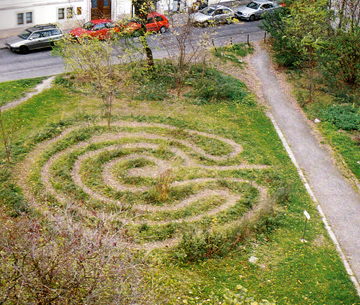
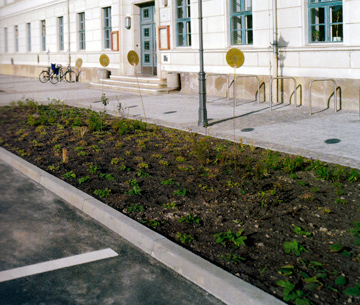
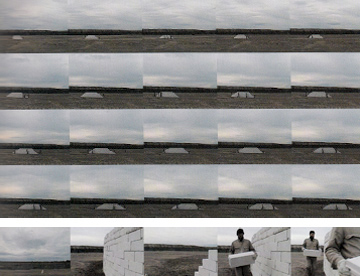
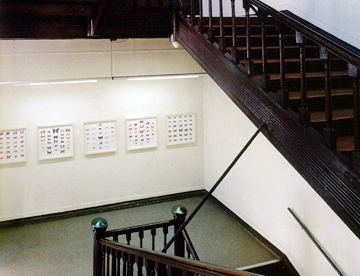
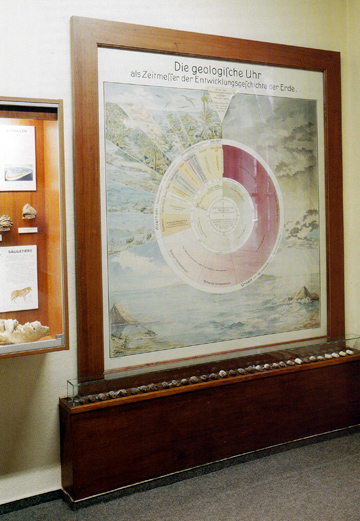
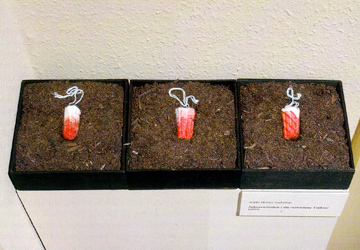
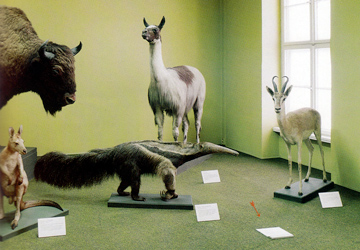
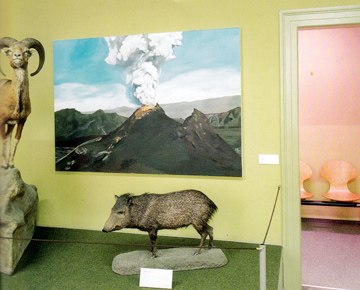
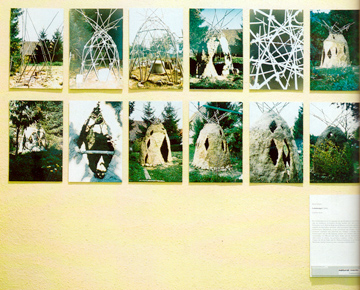
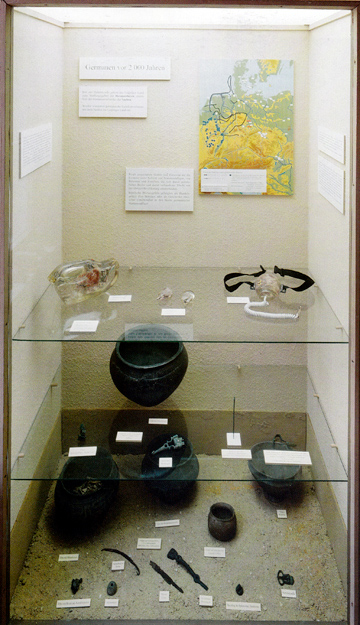
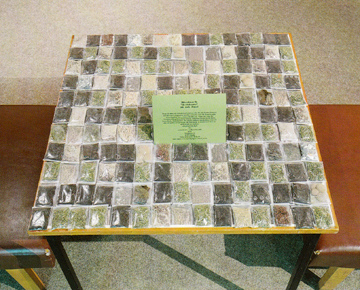
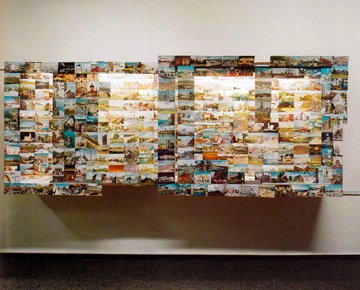
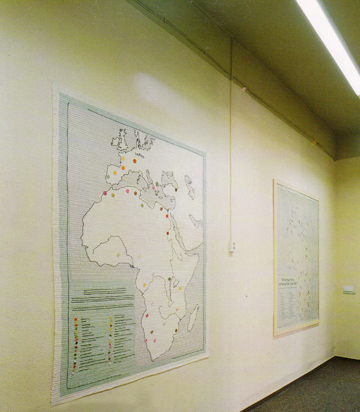
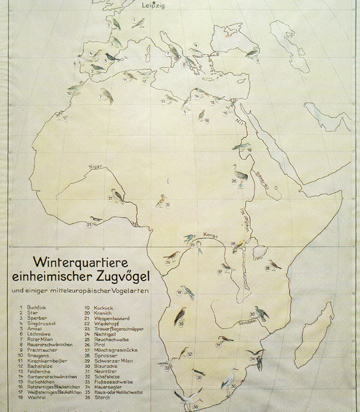
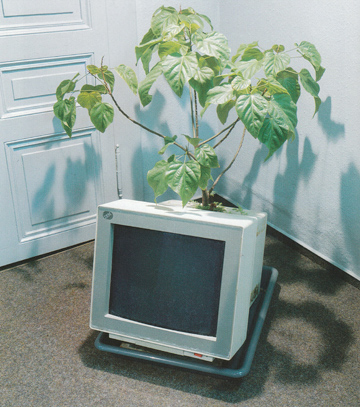
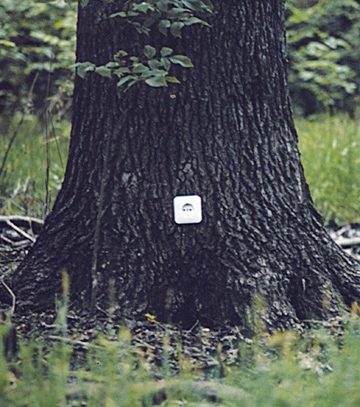
Participants
Participating Artists
Alken, Franz Beer, Uwe Bornkessel, Ellen
Dorté, Marianne Einvald, Meta B.
Eschelor, Judith Miriam Francia, Anna Valentina
Hahn, Hartmut Hake, Caroline Hammer, Paule
Haude, Bertram Herold, Christine Ihle, Jean-Philipp
Immekus, Katharina Jurk, Nina K. Lehner, Tobias
Meyer, Bea Meyer, Nicole Millner, Uta
Penndorf, Alexander Perl, Inka Pfahl, Jirka
Popp, Julius Schipper, Bernhard Schulze, Britta
Initiators
Alba D’Urbano, Ralf Urban Bühler
Head of the project
Alba D’Urbano
Assistance
Franz Alken, Bea Meyer
Photos
Fred Fröhlich and by the artists
Generously supported by
Naturkundemuseum Leipzig, Botanischer Garten Leipzig, Hochschule für Grafik und Buchkunst Leipzig
Thanks
Dr. Rudolf Schlatter, Petra Hanso, Christine Becker,
Prof. Dr. Wilfried Morawetz, Prof. Ruedi Baur,
Prof. Klaus Werner, Karla Fiedler
